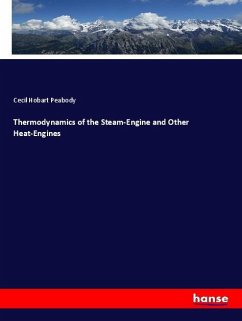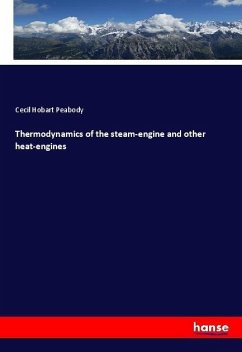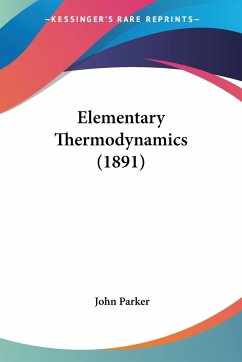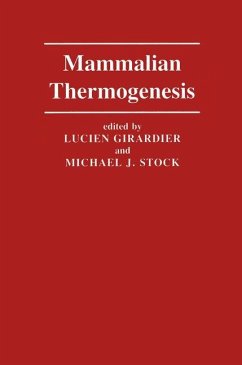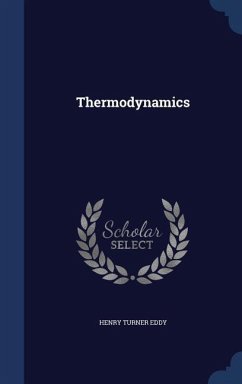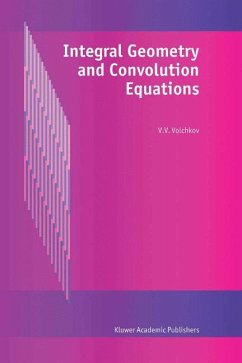
Heat and Thermodynamics
A Historical Perspective
Versandkostenfrei!
Versandfertig in 1-2 Wochen
72,99 €
inkl. MwSt.

PAYBACK Punkte
36 °P sammeln!
Heat and energy form the backbone of modern physics, but the ideas are not intuitive for most students beginning their study of physics. Instructors spend much valuable time in the classroom and lab explaining such concepts as entropy, thermodynamics, and the conservation of energy. But, as educators know, such ideas can become clearer if students learn how the scientists who developed these concepts came to their discoveries through experimentation and observation. This volume in the Greenwood Guide to Great Ideas in Science series provides a historical perspective to heat and thermodynamics,...
Heat and energy form the backbone of modern physics, but the ideas are not intuitive for most students beginning their study of physics. Instructors spend much valuable time in the classroom and lab explaining such concepts as entropy, thermodynamics, and the conservation of energy. But, as educators know, such ideas can become clearer if students learn how the scientists who developed these concepts came to their discoveries through experimentation and observation. This volume in the Greenwood Guide to Great Ideas in Science series provides a historical perspective to heat and thermodynamics, providing readers with an accessible introduction to the people whose work led to our profound understanding of the nature of the universe. Originally stimulated by the invention of the steam engine during the Industrial Revolution, thermodynamics developed into a universally applicable and powerful scientific theory. Heat and Thermodynamics includes illustrations, a bibliography, timeline, and glossary for students who wish to research the subject in more detail.




